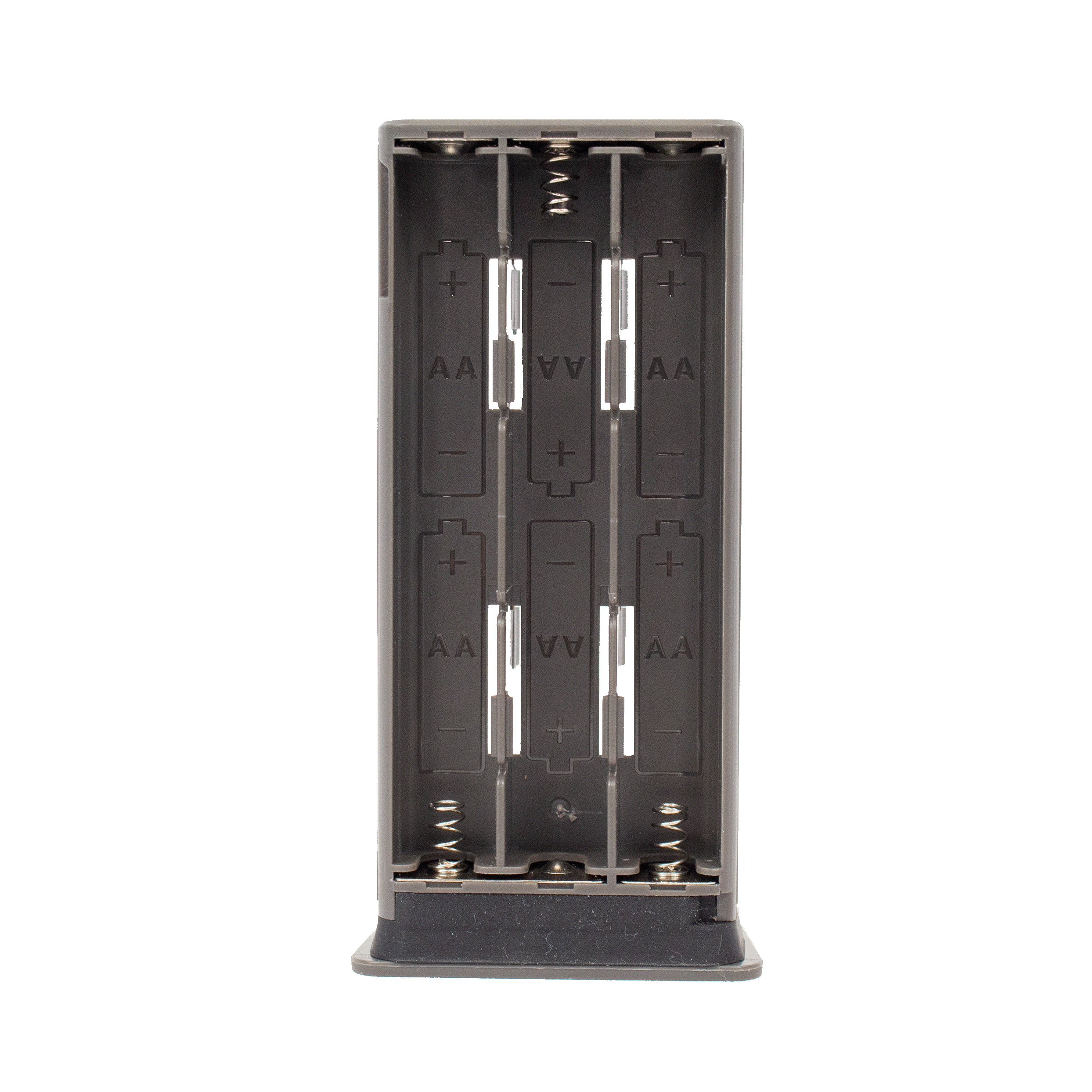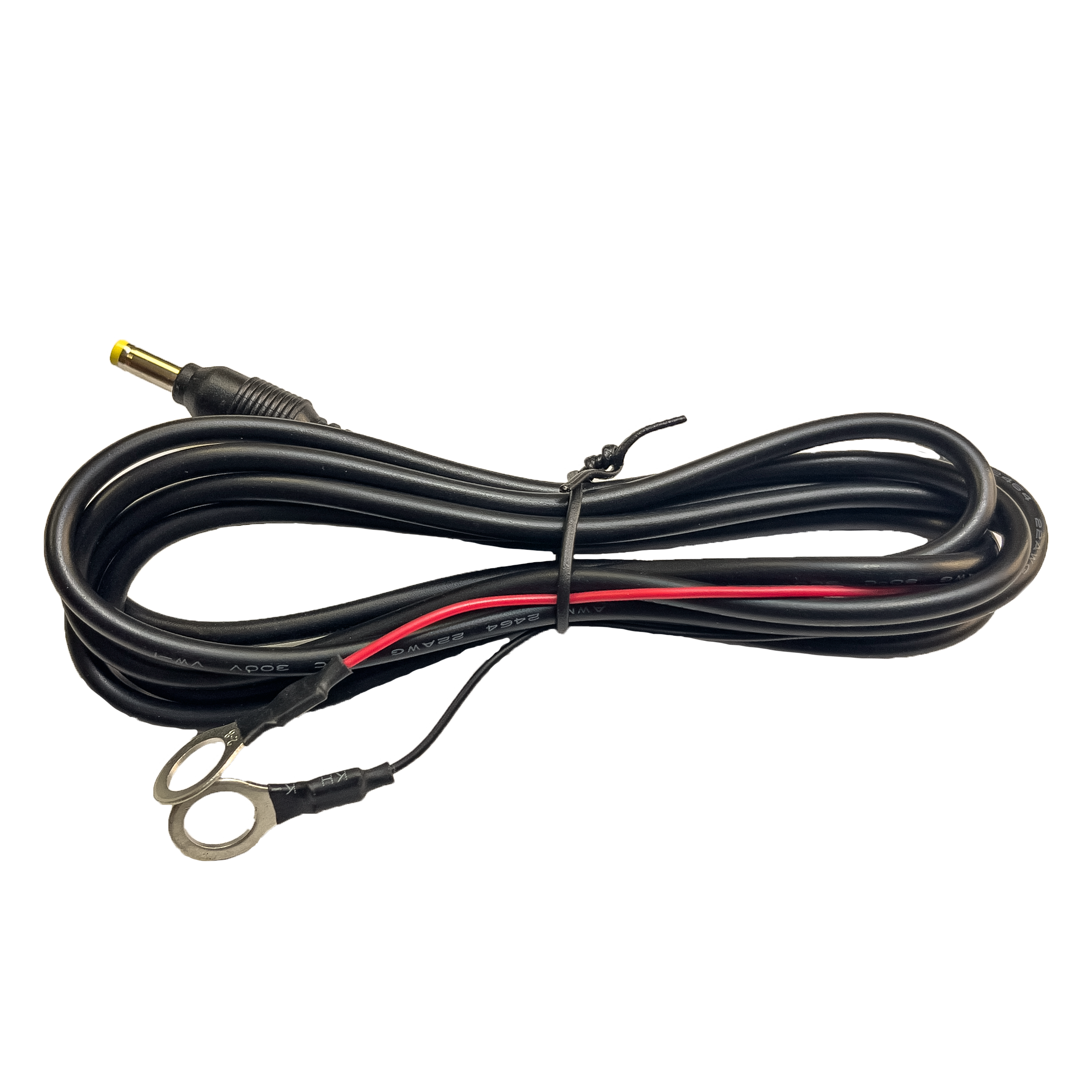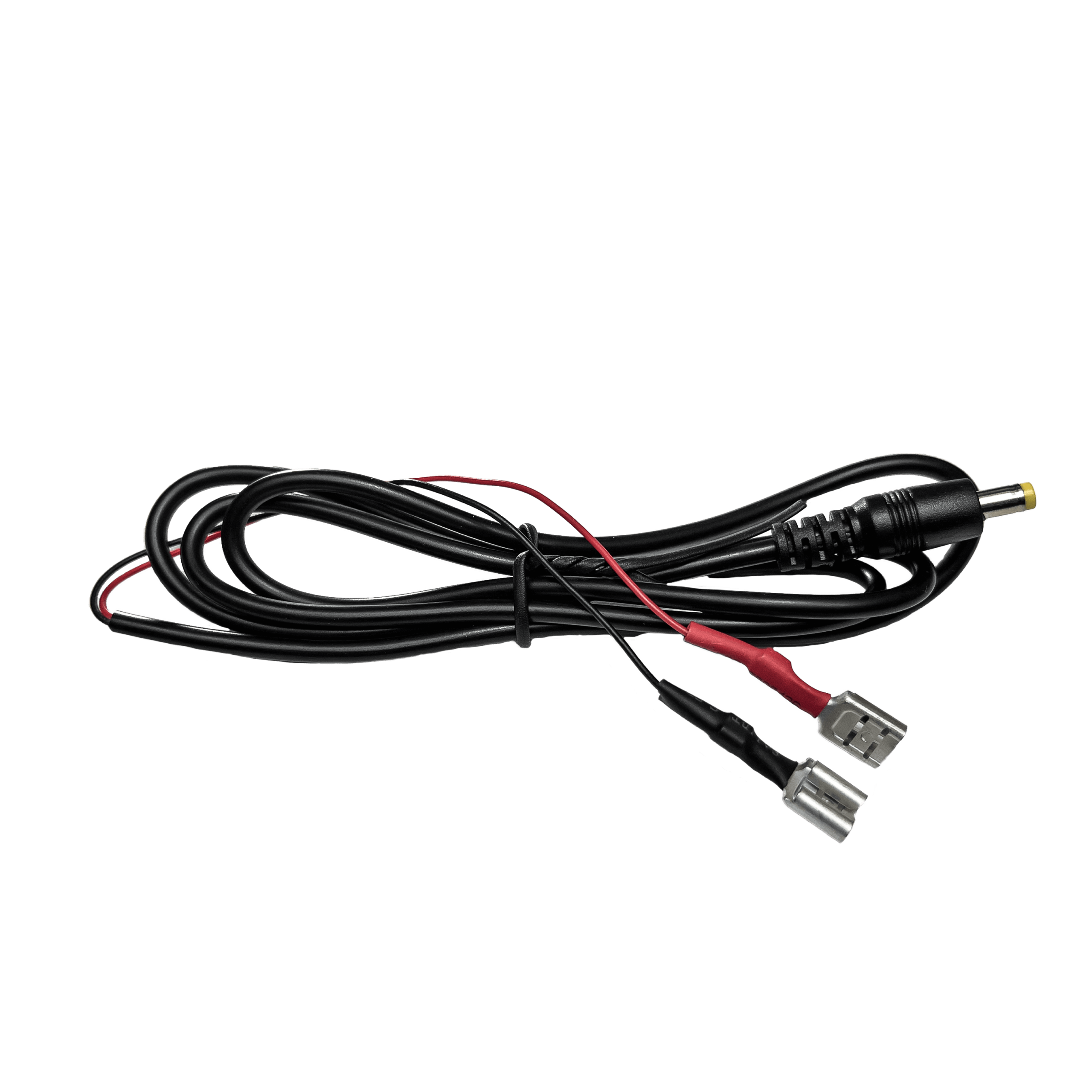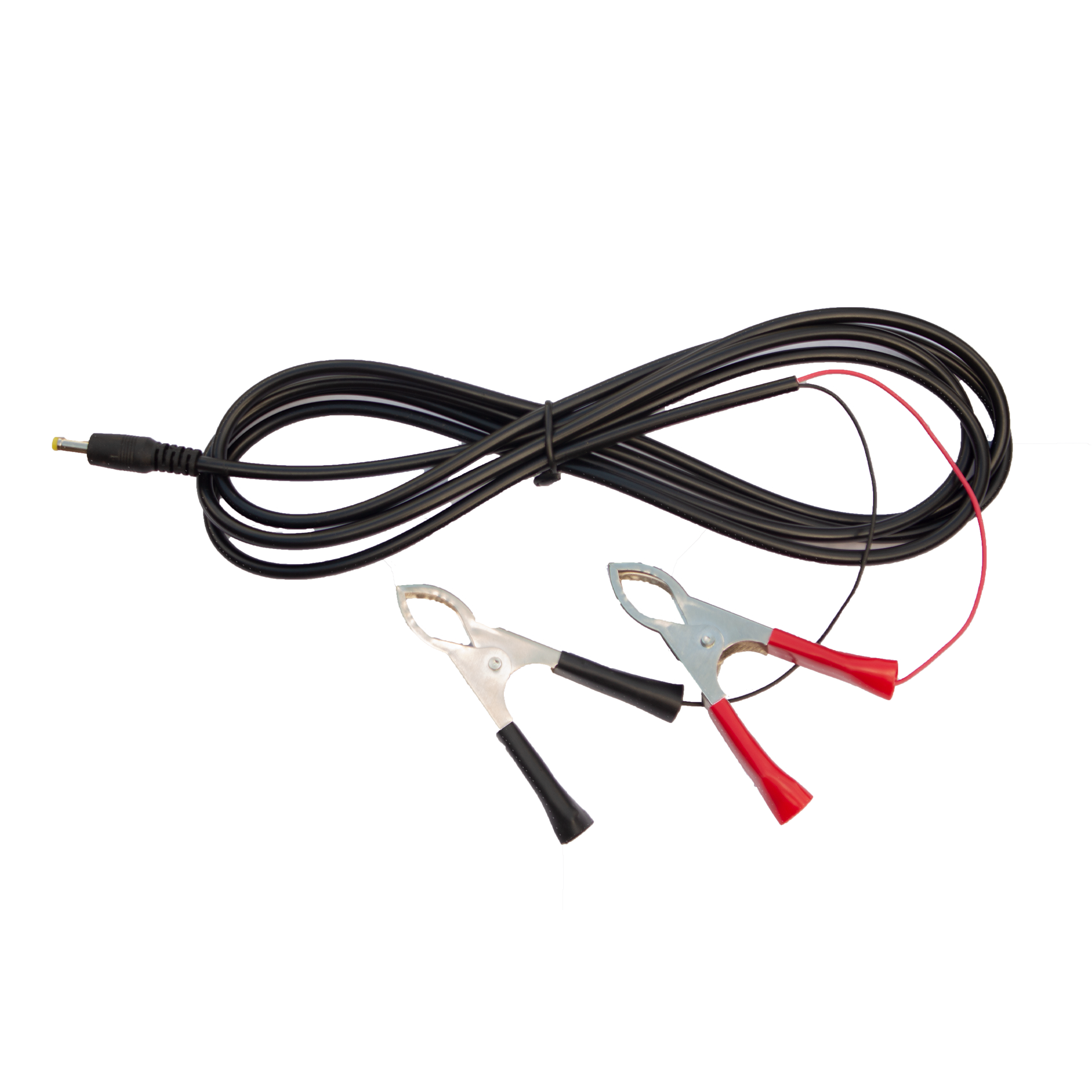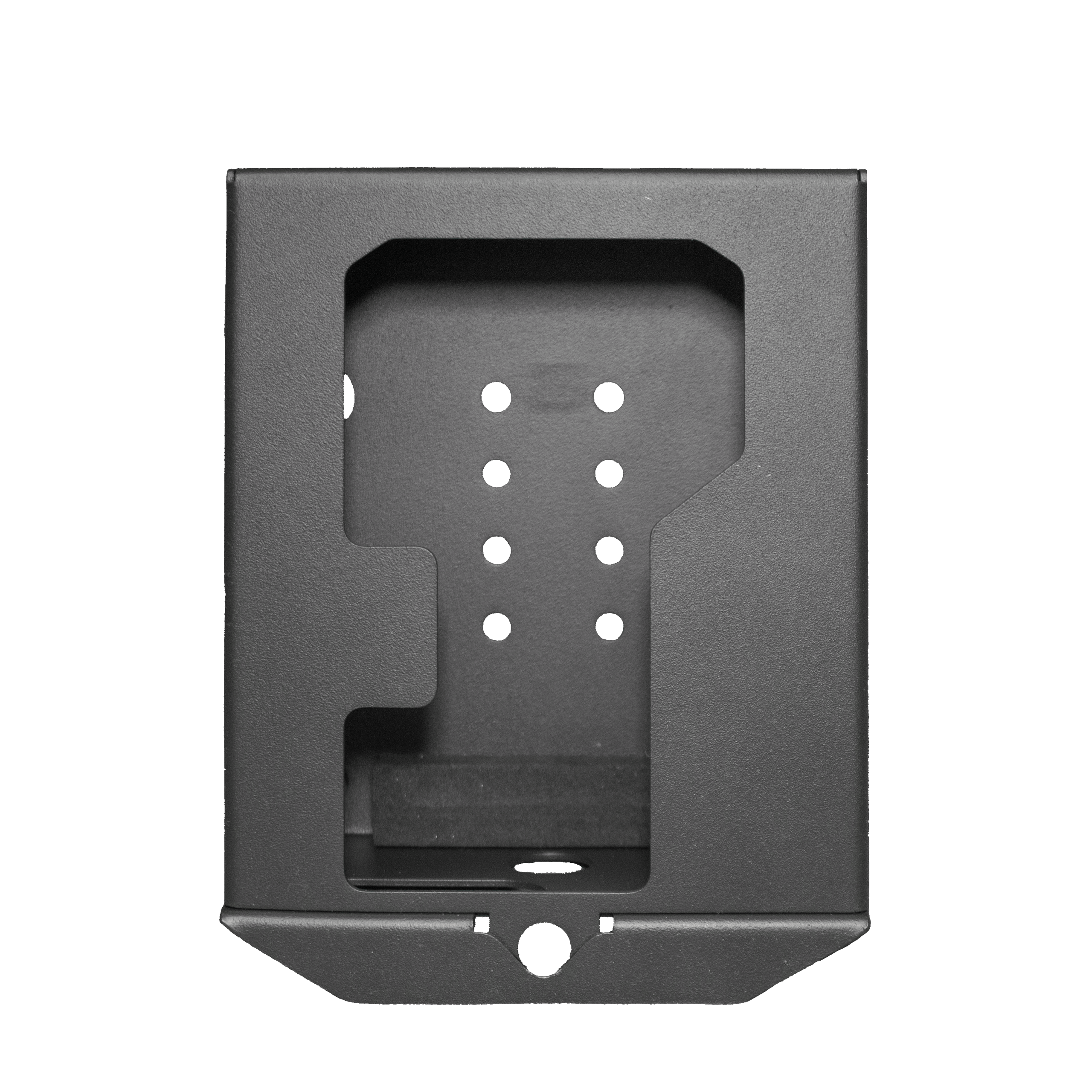Electronics in Dog Training – They Work!
For the past 60 years, electronic collars have been a mainstay for training hunting dogs. Since that time, dog training electronics have expanded to GPS units, bark collars, and invisible fencing as well. The pros and cons of electronics in dog training are discussed below.
Electronic Training Uses
Long Range Training
When teaching your dog to listen to you from a distance, an electronic collar is a necessity. Not only does the collar help you gain your dog’s attention, but it is also useful for shaping recall and other necessary field skills.
Aversion Training
While electronics in dog training may not be necessary for every situation, there are certain scenarios where an electronic collar can be beneficial. This is especially true when your dog’s well-being is at stake. For instance, when teaching a dog to avoid rattlesnakes, an electronic collar is often used to deliver high voltage stimulation when a dog is brought towards a defanged snake in order to help the dog associate discomfort with being in the snake’s presence. Other examples include bark collars, which produce a “shock” every time your dog barks excessively.
Boundary Training
Keeping your dog on your yard or property is made easy with an invisible fence. An underground wire emits a shock to your pet whenever he or she is too close to the boundary line. In this way, you can keep your pet contained, even in instances where other dogs or small animals are sitting right outside of your yard.
Benefits
Consistent Correction
One of the biggest benefits of electronics in dog training is the ability to deliver a consistent correction every single time. With other methods, such as a choke chain or prong collar, an owner may accidentally administer correction that is too harsh, or not strong enough, leading to inconsistencies and confusion. With electronic stimulation, however, you can always provide the proper amount of correction or your individual dog.
Correction from a Distance
No other method allows an owner to provide immediate correction and training from a distance. Most electronic collars have a range of up to 400 yards, while bark collars or invisible fences can be used when the owner is not present.
No Association with Owner
Some dogs may come to fear an owner when physically corrected, such as via a prong collar or heeling stick. However, with electric stimulation and the owner standing potentially hundreds of yards away, the dog will likely not make the association that the owner is doling out the correction.
Cons
Overcorrection
With a slip of a finger, overcorrection for your dog is possible, which can hinder your dog’s training. Utmost caution should be practiced when electronics are used. For bark collars, owners should beware that a dog may be corrected if sound from another barking dog is detected.
Can Cause Stress
For dogs that suffer from high anxiety, electronics may not be useful. Some dogs may become stressed, especially if the owner is not competent in electronic correction.
The bottom line is that electronics in dog training has revolutionized the ability to contain pets, avoid unwanted behaviors, and train from long distances. With proper use, these tools are efficient training aids.


